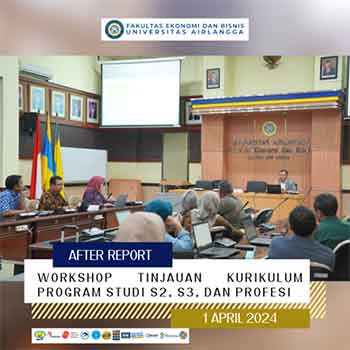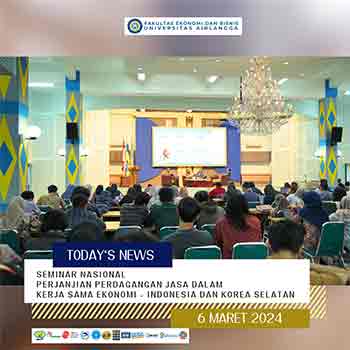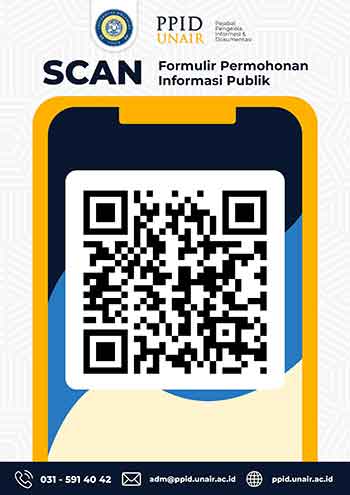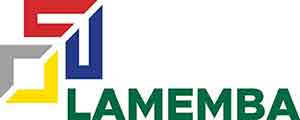ANALYSIS OF SOME FACTORS THAT INFLUENCE CONSUMER DECISIONS IN BUYING WOVEN FABRIC IN KUPANG CITY
Amount: ANALYSIS OF SOME FACTORS THAT INFLUENCE CONSUMER DECISIONS IN BUYING WOVEN FABRIC IN KUPANG CITY
Authors: Yeheskial Ngandung
Item Type: Thesis
Memberships: Master of Management Study Program, Faculty of Economics and Business Universitas Airlangga Surabaya, Indonesia
Publisher: Airlangga University
Abstract
Consumer behavior in meeting their needs is influenced by internal factors as well as external factors. Consumer needs for ikat fabrics are continuously increasing both in quantity and quality. This study aims to determine the influence of cultural factors, social class, reference group, motivation, product, price, place and service; and to find out the factors that significantly influence the consumer's decision to buy a ikat train in Kupang Municipality. The study was conducted on 140 respondents (consumers) who shopped at 4 (four) art shops in Kupang. Sampling was carried out incidentally by considering the financial condition of consumer households, namely strong, medium and weak financial conditions. The analytical model used is multiple linear regression analysis model and besides that, econometric evaluation is also carried out to determine whether there is a deviation from the classical assumption which is the basis of the multiple linear regression model. The results showed that the factors of culture, social class, reference group, motivation, product, price, place and service together influence the consumer's decision to buy ikat cloth in Kupang Municipality. This can be seen from the calculated F value is greater than F table. (80,568 > 2,00 1) with probability less than 0,05 (0,000E+00 < 0,05). The second hypothesis which states that: it is suspected that cultural factors have a very significant influence on consumer decisions in buying ikat cloth in Kupang Municipality can be accepted. This can be seen from the very high partial coefficient value of cultural variables, namely 0,4068 or 40,68%, the probability number is less than 0,05 (0,0000 < 0,05), and the T count is greater than T table ( 9,478 > 1,645) at a significant alpha level of 0,05. Overall, the effect of the independent variable on the dependent variable is 0,8311 or 83,11%, while the remaining 16,89% is influenced by other factors outside the model.
Keywords: CONSUMER BEHAVIOR
sources: http://repository.unair.ac.id/34932/


































